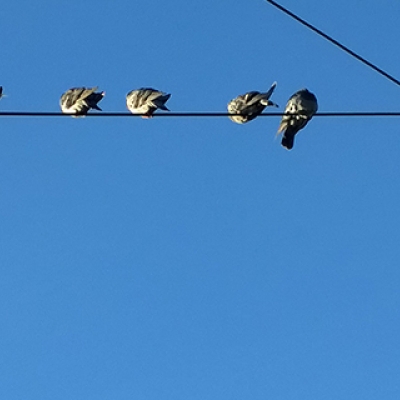
The Wilderness Act at 50: Better With Age
By Dominick A. DellaSala / On September 4th, 2014
Editor’s note: Today marks the fiftieth anniversary of the signing of the Wilderness Act. To commemorate the anniversary, we asked a small group of Island Press authors to reflect on the influence of this law to date and how its role may or should change as we move into an uncertain future. This is the last piece in the series. It is reprinted from 50 Years of American Wilderness with permission.


